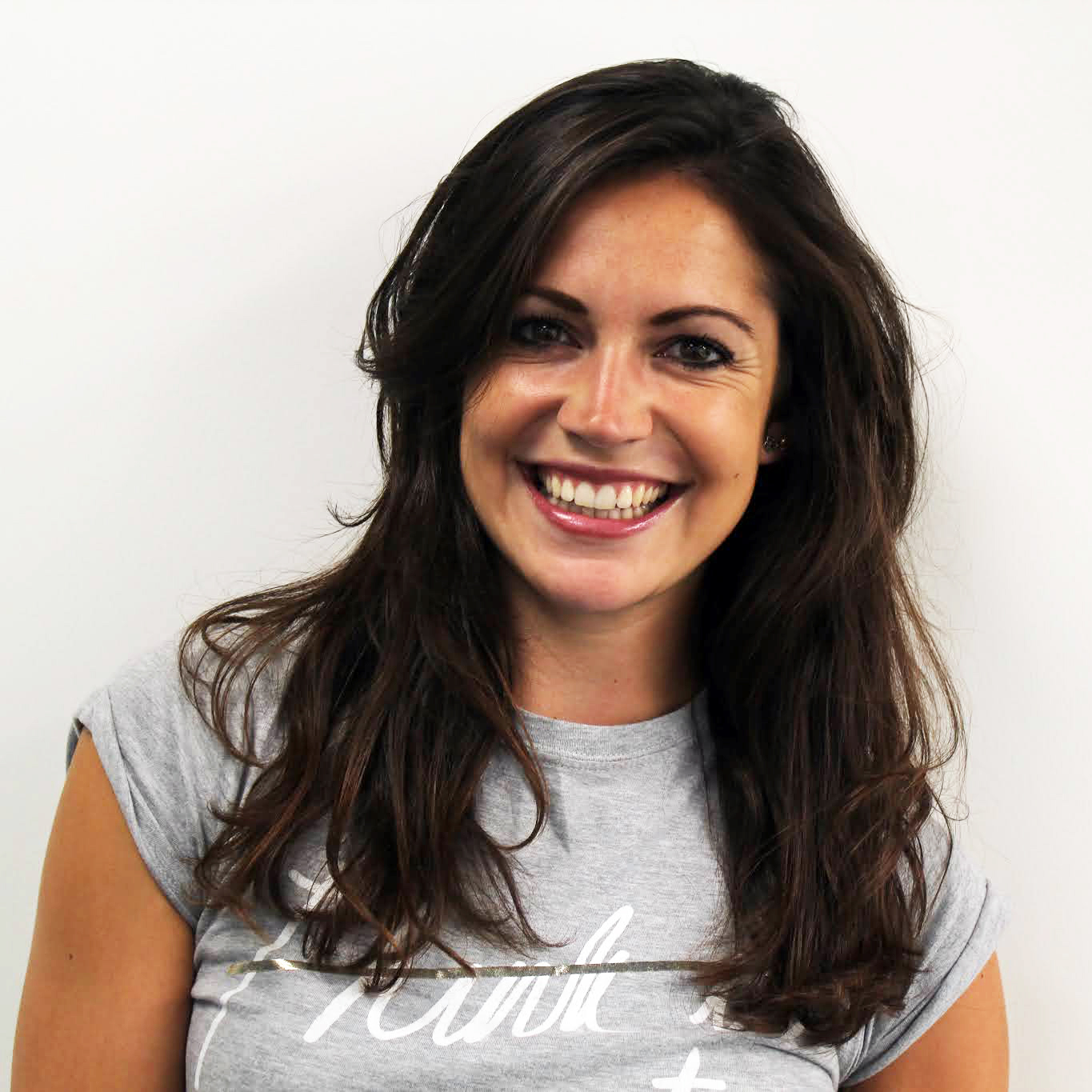Does muscle turn into fat?
When you stop exercising, does muscle turn into fat?


Does muscle turn into fat? You might be asking this if you’ve found yourself skipping the gym lately. After all, the goal in gym training is often to build strength and muscle, as well as improve fitness and possibly lean up and lose weight too. So, when you stop training and lifting weights, the worry of losing muscle might cross your mind. Plus, the worry of gaining fat might also become an issue as suddenly you’re not burning the calories you were before.
Whilst exercise is of course important to retain muscle and avoid fat, diet also comes into play. In fact, diet is pivotal when it comes to physique. Along with nutritious foods, one of the best protein powders for weight loss can also be useful to ensure muscles are getting the protein they need, without an excess of calories.
So in the quest to stay lean, fit and healthy, does muscle turn into fat? We asked an expert to share their thoughts…
What is the difference between fat and muscle?
Fat and muscle are both essential; we need both of these for survival. However, they have very different functions.
Essentially fat, and fat cells, lie under the skin, on top of muscles. Muscles are made of protein (hence why we feed them with protein). Muscles tend to use carbohydrates for energy; muscles store this as glycogen, however, our body is limited as to how much glycogen it can store. When there’s no glycogen, our body relies on its, pretty much unlimited, fat stores.
One of the biggest differences between muscle and fat is that muscle is denser than fat. Jess King, Personal Trainer at F45 Mill Hill says that because of this, muscle takes up less space than fat does. You may have often heard that muscle weighs more than fat, but this simply isn’t the case. “It isn’t possible for one to weigh more than the other, at the end of the day a kilogram is a kilogram, a pound is a pound.”
She adds: “It works in the same way if you had a kilogram of feathers and a kilogram of steel. The number of feathers would be a lot more in density and therefore take up more space (like fat) but would still weigh the same as the small amount of steel (muscle).”
Start your week with achievable workout ideas, health tips and wellbeing advice in your inbox.
When it comes to physique, fat and muscle do look different. “If you had two people who weighed the same, but one had a high body-fat percentage and the other a high muscle percentage they would look completely different, despite weighing the same,” says Jess.
This is why the scales, although useful, aren’t always the best way to measure progress as they won’t know the difference between fat and muscle. Often it’s best to go by how you look and feel, as well as the fit of your clothes.

Does muscle turn into fat when you stop exercising?
If you’re skipping exercise for a period of time; perhaps you’re going away, have been struck down with an illness or you’re simply too busy, then you don’t need to worry about muscle turning into fat.
Jess explains that this is just a myth, “There is no way that muscle can turn into fat as they are ‘completely different tissues in our body."
“What is happening is if you have stopped exercising and moving your body the amount you were before, then you have probably gone into a calorie surplus. This means that you are consuming more calories than you are burning (assuming you have kept your food intake the same),” she explains.
This will eventually result in an increase in body fat as well as a drop in muscle mass if you have stopped exercising.
“Therefore it feels as though your muscles are ‘turning into fat’, when it is simply just an increase in one, and decrease in the other.”
Does muscle turn to fat with age?
Studies have found that after the age of 30, muscle mass decreases by around 3 - 8% per decade, with this rate increasing after the age of 60. So, with age, comes a natural decrease in muscle, which is why resistance training to help maintain muscle is vital.
Plus, Jess adds that as we age, we are likely to be less active than when we were younger. “This commonly can result in an increase in body fat and a decrease in muscle mass - it is not a case of one turning into the other.”
To stop this from happening, it’s wise to stay as active as possible. “The less we move, the more our muscles can break down; if you don’t use it, you lose it!”
“You will then see an increase in body fat if your food/calorie intake is not adjusted to match your less active lifestyle. Try to increase your daily activity levels, and reduce your calorie intake to match as this is the best way to keep things in balance.”

How can you build lean muscle?
Building lean muscle is important throughout life, especially as we naturally lose muscle over time. Plus, muscle can help to maintain healthy bones too as well as healthy joints. Ensuring we maintain our muscle mass also ensures that we can live an active and mobile life, doing the things we love.
Jess says that the best way to build muscle is by resistance training. This involves adding weight to workouts. You don’t need to go crazy at the gym lifting barbells; instead, you might want to purchase a set of the best adjustable dumbbells to use at home or practice movements using tinned food or filled water bottles. “Lifting weights won’t make you ‘bulky’; this is another myth,” says Jess.
When incorporating resistance training, it’s important to move through movements slowly. Time under tension is a key element here as you want to ensure muscles are kept under tension and challenged. Resistance training shouldn’t be easy; after all, what doesn’t challenge you, won’t change you!
“You should also ensure you have a good amount of protein in your diet, as well as carbohydrates and fats,” she adds. Protein is essential for muscles, so be sure to include a source of protein in every meal. Good sources include chicken, turkey, fish, beef, eggs, dairy foods, tofu as well as nuts, beans and some grains.
Alongside resistance training, you will also need to ensure you’re eating ENOUGH generally. Muscles need fuel, and if they aren’t getting enough food then they won’t grow. Tracking your calorie intake on an app such as MyFitnessPal can be useful for this.
Perhaps you want to read up more on the benefits of protein or find out what is the fastest way to build muscle?
Lucy is a freelance journalist specializing in health, fitness and lifestyle. She was previously the Health and Fitness Editor across various women's magazines, including Woman&Home, Woman and Woman’s Own as well as Editor of Feel Good You. She has also previously written for titles including Now, Look, Cosmopolitan, GQ, Red and The Sun.
She lives and breathes all things fitness; working out every morning with a mix of running, weights, boxing and long walks. Lucy is a Level 3 personal trainer and teaches classes at various London studios. Plus, she's pre- and post-natal trained and helps new mums get back into fitness after the birth of their baby. Lucy claims that good sleep, plenty of food and a healthy gut (seriously, it's an obsession) are the key to maintaining energy and exercising efficiently. Saying this, she's partial to many classes of champagne and tequila on the rocks whilst out with her friends.
